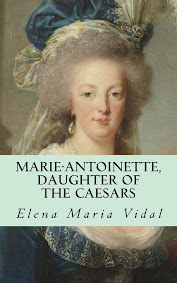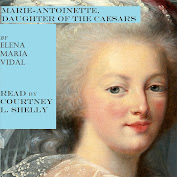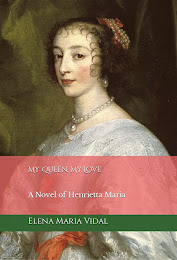From NCR:
It’s difficult to know where to start or finish in any discussion of the connection between American literature and the Catholic Faith. The whole topic is fraught with complexity, as is the relationship between the American nation and the Catholic Faith, or American history and the Catholic Faith. There are few American writers who are unashamedly or unabashedly Catholic, whereas there are many who have an ambivalent relationship with the Faith, sympathizing in some ways and yet keeping a safe distance. Others are converts whose embrace of the Faith radically transformed their very approach to life and literature.Share
One such convert, who is often seen as the American equivalent of John Henry Newman insofar as his conversion was highly publicized and highly controversial, is Orestes Brownson (1803-76). An almost exact contemporary of Newman, Brownson converted to the Faith in 1844, a year before Newman took the same life-changing and life-giving step. Thereafter, like Newman, he became a tireless defender of the Faith and an outspoken controversialist on many topics, especially through his published essays in Brownson’s Quarterly Review.
Of the same generation as Brownson were two other major American writers, Nathaniel Hawthorne (1804-64) and Henry Wadsworth Longfellow (1807-82), neither of whom were converts to the Faith but both of whom were attracted to what might be called the Catholic aesthetic. Hawthorne’s late work The Marble Faun is often seen as indicative of his sympathetic attitude towards the Church, and his short story, “Dr. Heidegger’s Experiment,” conveys a timeless moral perspective entirely in harmony with Catholic teaching on original sin and concupiscence. An intriguing connection between Hawthorne and the Catholic Faith is the fact that his daughter, Rose, converted to the Faith, becoming a religious sister, whose charitable work has led to calls for her canonization. As Mother Mary Alphonsa, the name she took as Mother Superior of the order of Dominican Sisters she founded, she is now recognized by the Church as a Servant of God.
Longfellow, like Hawthorne, his lifelong friend, would never have countenanced conversion to Catholicism and yet his work, like Hawthorne’s, is often congruent with a Catholic aesthetic and sometimes displays implicit or even explicit Catholic sympathies. Nowhere is this more evident than in the marvelous narrative poem, Evangeline, in which the devoutly Catholic heroine searches for her true love, the man to whom she had been betrothed until they were forcefully separated on the eve of their wedding. And, of course, there is Longfellow’s translation of Dante’s Divine Comedy, indicative of his great admiration for Dante but also, surely, an indication of some level of sympathy and understanding of the Thomism which informs Dante’s work. (Read more.)

















No comments:
Post a Comment